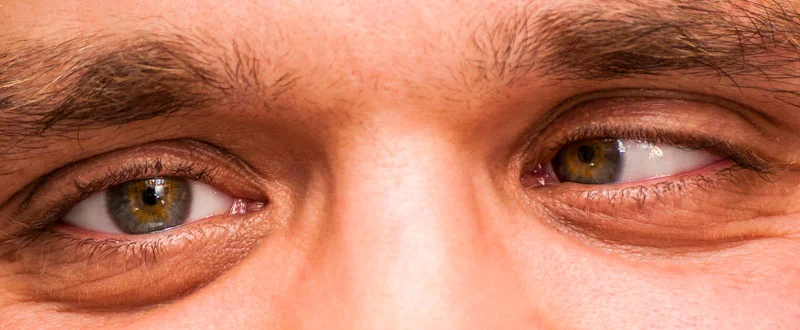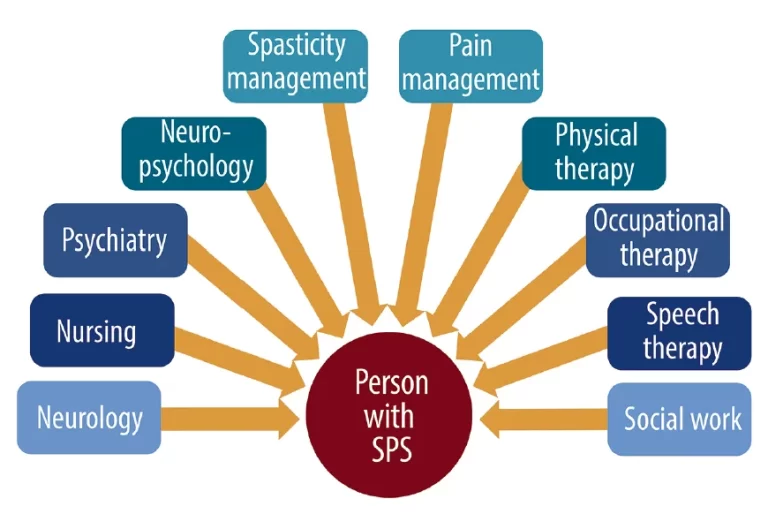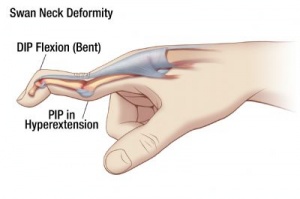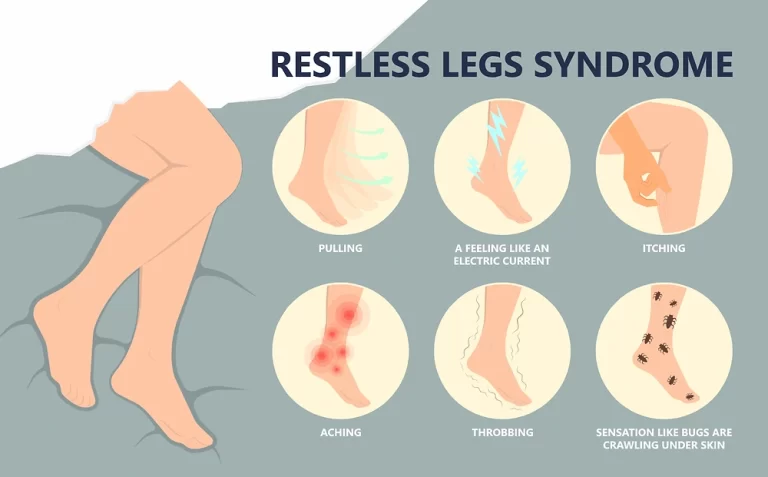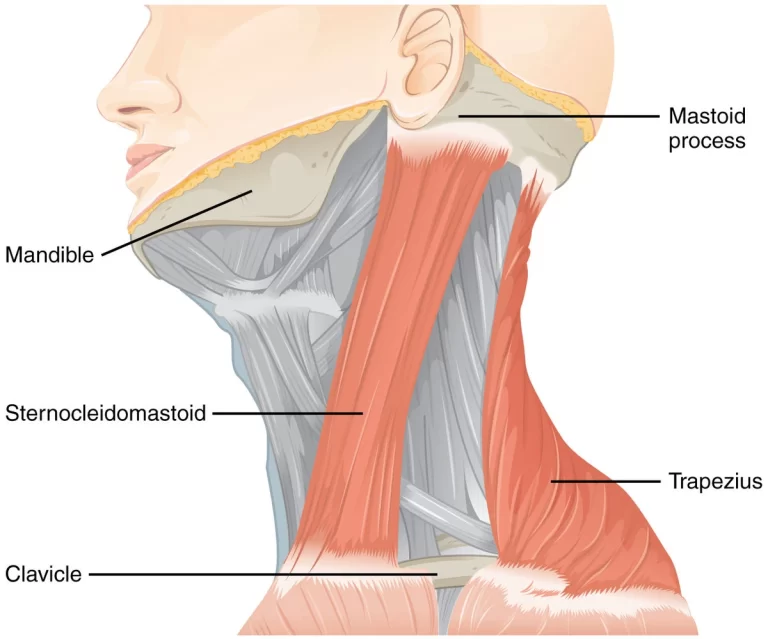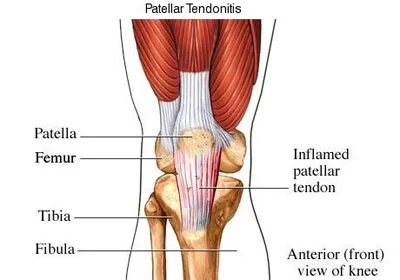Squint Eye
Table of Contents
Introduction:
“Squint eye,” also known as “strabismus” or “crossed eyes,” is a visual condition characterized by a misalignment of the eyes. In a person with squint eye, one or both eyes may deviate from their normal position, either turning inwards (esotropia), outwards (exotropia), upwards (hypertropia) or downwards (hypotropia). This misalignment can be constant or intermittent and may occur in one eye or alternate between the two.
When your eyes aren’t pointed in the same way, you squint. One eye turning slightly inward, toward your nose, is the most typical sort of squint. While the opposite eye is focused ahead, one eye may occasionally turn outward or – very rarely – up or down. Either eye may experience this. A young child who squints should be evaluated by an optometrist so that the lazy eye that is not looking straight can be avoided.
Squint eye can affect individuals of all ages, from infants to adults, and it can have various causes and degrees of severity. While it is often detected in childhood, it can also develop later in life due to various factors, including neurological issues, eye muscle problems, or refractive errors.
A squint affects about 2-3% of youngsters, and if it runs in your family, you are more likely to get one. Without their glasses, long-sighted children may squint as their eyes have to overfocus in order to see. Adults might now and then start to squint. If this occurs, individuals may experience double vision, and an optometrist should evaluate them as soon as possible.
What is Squint Eye?
It is referred to as a squint when the eyes are not directed in the same direction. People of all ages can get squint eyes, but youngsters are most commonly affected. The squint can occasionally be exhibited in one eye or alternately in both. The squinting may converge, diverge, or occasionally turn upward or downward. The condition known as strabismus, or squinting, occurs when the eyes point in various directions. Although it can occur at any age, young children are particularly prone to it. While the opposite eye is focused forward, one of the eyes may turn in, out, up, or down. a child’s eyes and nose in close-up. Their right eye is focused forward while their left eye is squinting inward. This could occur frequently or intermittently.
Treatment is often indicated to correct a squint since it is unlikely to go better on its own and could get worse if left untreated. Corrective lenses and other treatments may be beneficial. The strabismus could be permanent or temporary. This often occurs when there is an imbalance in the extraocular muscles, which control the movement of the eye and the eyelid. Because of this, it is impossible for both eyes to focus on the same object at once. It could also be the result of a brain disorder or injury that impairs the ability of the brain to cooperate with the eyes. Binocular vision is rendered difficult by persistent strabismus, which impairs depth perception. An estimated 2-5% of the general population will be impacted.
Types of Squint Eye (strabismus)
Strabismus comes in a variety of forms. Strabismus comes in a variety of forms. Their origin or eye turn pattern might be used to describe them. According to the locations of the eyes, strabismus is referred to as the following:
- Hypertropia: When the eye turns in an upward direction
- Hypotropia: When the eye turns in a downward direction
- Esotropia: When the eye turns in an inward direction
- Exotropia: When the eye turns in an outward direction
It is possible to treat strabismus more successfully with an early diagnosis. After a “critical period,” it was once believed that strabismus could not be corrected. Surgery for strabismus can be done at any time, while it is thought that treatment before the age of 6 years is most beneficial. Squint eye, also known as strabismus, is a condition where the eyes glance in various directions while simultaneously focusing on various objects. It is particularly prevalent in youngsters. Contrary to popular belief, people with squint eyes actually do have a problem because, while one eye is focused straight ahead, the other eye may turn inward, outward, upward, or downward. This is because the eyes are misaligned.
Causes of Squint Eye
Your eyes’ motions are coordinated by the six muscles that surround them. These are referred to as extraocular muscles, and they all need to operate together for both of your eyes to be aligned and focused on the same object. In a person with normal vision, the same item is the focus of both eyes. This enables the brain to create a single 3-D image from the two images acquired by the two eyes. We are able to perceive depth because of this three-dimensional image.
Strabismus causes one eye to move out of alignment, which causes your brain to receive two separate images. The brain ‘learns’ to disregard the image from the misaligned eye in a child who has crossed eyes. The child experiences a loss of depth perception as a result. Adults who squint have already adapted to receiving two views, so their brains are unable to disregard the image coming from the misaligned eye. The adult experiences double vision as a result.
Damage to the nerves or issues with the eye muscles are the causes of squinting eyes. The muscles that surround the eye cannot cooperate when some of them are weaker than others. As a result, one eye focuses on one item while the other eye shifts its gaze to focus on a different object. Each eye sends the brain a separate signal, and the brain ignores the information from the weaker eye. While squint eyes are typically present from birth, they can also appear later in life as a result of other health issues or eye trauma.
Brain disorders, such as Cerebral Palsy, which affects motor coordination, Down’s Syndrome, which is a genetic condition that affects physical and mental development, brain tumours, hydrocephalus (collection of fluid in the head), etc., can result in a squint.
One of the main reasons why people squint their eyes is because of a cataract, diabetes, an eye injury, or an eye tumour.
Hemangiomas, an abnormal accumulation of blood vessels near the eye during infancy, or damage to the retina in preterm babies may also be to blame.
Your squint may also be influenced by your genes.
Children who squint frequently do so in an effort to repair a vision problem, such as one of the following:
- Short-sightedness The inability to notice objects in the distance is a symptom of short-sightedness.
- Long-sightedness makes it difficult to perceive nearby objects.
- Astigmatism: When the front of the eye is unevenly curved, it has astigmatism, which impairs vision.
When a youngster with untreated farsightedness tries to concentrate, they may occasionally develop accommodative esotropia. The extreme focus effort is what causes this.
- Some illnesses, like measles,
- A few genetic disorders or syndromes, such as Down syndrome,
- Developing slowly
- Difficulties with the brain or nerves
- Cerebral palsy
- Squinting can also occasionally be a sign of retinoblastoma, a rare form of juvenile eye cancer.
A squint’s precise aetiology isn’t usually recognized.
While some people naturally squint from birth, others do so as they get older. They occasionally run in families.
Rarer reasons for squinting include:
- The affected eye may shift inward in an effort to concentrate more clearly when there is a significant level of hyperopic refractive error.
- Refractive strabismus typically appears later in life, typically at the age of two or older.
- Strabismus can result from hydrocephalus as well. An excessive buildup of cerebrospinal fluid in and around the brain is known as hydrocephalus.
- Strabismus can be brought on by some viral illnesses, including measles. It can also be brought on by Noonan syndrome and a few other genetic disorders.
Symptoms of Squint eye:
Squints are fairly obvious, especially in young children.
- One of the eyes is not looking ahead. A little squint might be less obvious.
- Cross-eyed babies and newborns are possible, especially if they are exhausted. This does not necessarily cause them to squint. Parents can speak with a doctor.
- If a child has one eye closed or tilts their head when looking at something, they may have double vision or be squinting.
- Normally, strabismus either manifests at birth or after the third month of life.
Lazy eye
If strabismus recurs in maturity, it may cause double vision.
If left untreated, it can cause amblyopia, often known as “lazy eye,” in which one of the eyes’ signals is ignored by the brain.
To prevent double vision, the brain ignores one of the eyes.
A youngster may benefit from wearing a patch over the damaged eye if there is poor vision to help the vision grow.
Sometimes a squint that was effectively corrected as a child recurs as an adult.
Double vision may result in adulthood because the brain has become accustomed to collecting information from both eyes, making it impossible to ignore one of them.
- Dual perception
- Complaints of tired eyes
- Distorted vision
- Overlapping pictures that make it difficult to see objects
- Reading difficulty Loss of depth perception
- A persistent tugging feeling around the eyes
- Inability to look someone in the eyes directly when speaking or staring at them with both eyes
Because both eyes are not focused in the same place, you will experience double vision if you squint. If the squint appears in childhood, the child will eventually learn to ignore it in order to prevent double vision. It is crucial to get this corrected as soon as possible because it can cause the squinting eye to become lazy (amblyopia).
Anyone who has just started squinting should make an appointment with their optometrist right away.
Diagnosis:
When a person’s eyes are not correctly aligned and stare in various directions, it is known as a squint or strabismus. Although anyone might be affected, children are frequently impacted. Corrective lenses and other treatments may be beneficial.
The strabismus may be ongoing or passing.
- This typically happens when the extraocular muscles, which regulate the movement of the eye and the eyelid, are not coordinated. Because of this, it is impossible for both eyes to focus on the same object at once.
- It could also be the result of a brain disorder or injury that impairs the ability of the brain and eyes to work together.
- Persistent strabismus makes binocular vision challenging because it distorts the perception of depth.
- According to estimates, it will have an impact on 2-5% of the general population.
- Children and newborns should get routine eye exams as they develop. The American Optometric Association recommends starting eye exams at 6 months of age, or earlier if the child has a persistent eye turn.
If the child exhibits any indications of strabismus, the doctor or optician will recommend the child to an optometrist or ophthalmologist.
The eye doctor will probably use eye drops to dilate the pupils before doing the test.
TEST
One of the various tests used to determine whether a patient has strabismus is the Hirschberg test, often known as the Hirschberg corneal reflex test.
The eye doctor shines a light into the patient’s eye and checks to see where the corneas are reflecting the light.
The light will strike both corneas in the middle if the eyes are properly aligned. The test can determine whether the patient has exotropia, hypertropia, esotropia, or hypotropia if it doesn’t.
Some people could experience multiple tropias simultaneously.
Treatment of Squint Eye
Effective treatment for squint eye is available, and it usually involves a combination of approaches, such as eyeglasses or contact lenses, eye exercises, patching, vision therapy, and in some cases, surgical intervention to realign the eye muscles. Early diagnosis and treatment are crucial in managing squint eye and preventing potential vision-related complications.
It’s important to consult with an eye care professional, such as an optometrist or ophthalmologist, if you suspect you or your child has squint eye or if you notice any eye misalignment. Early intervention can help improve both the cosmetic appearance and visual function of the affected eyes.
Medical treatment:
In some cases, strabismus is treated with medication. In 1989, the US FDA authorized the use of botulinum toxin treatment for strabismus in patients older than 12 years old. The method is most frequently used to treat adults, but it is also used to treat children, particularly those with infantile esotropia. The stronger muscle receives the poison injection, temporarily and partially paralyzing it. Once the paralysis has worn off, the procedure might need to be repeated three to four months later. Double vision, droopy eyelids, overcorrection, and no effect are typical side effects. Usually, the adverse effects go away in three to four months as well. According to reports, strabismus surgery is more successful than botulinum toxin therapy for persons with binocular vision and less effective than surgery for people without binocular vision.
Botulinum toxin injection, often known as botox: This is administered to an eyelid muscle. If there is no discernible underlying reason and a quick onset of symptoms, the doctor may advise this course of action. The Botox temporarily weakens the muscle that was injected, which can aid in the eyes’ alignment.
Surgical therapy:
Surgery is the last resort when none of the other therapeutic options are effective. Binocular vision can be recovered with eye realignment following squint eye surgery.
Surgery for strabismus does not make a child’s need for glasses go away. It is still unknown whether there are any changes in outcomes for children undergoing strabismus surgery before to or during amblyopia treatment.
By reducing, increasing, or shifting the location of one or more of the extraocular eye muscles, strabismus surgery aims to align the eyes. The treatment may usually be completed in an hour, and recuperation takes six to eight weeks. Early on after surgery, the eye alignment can be improved with the application of adjustable sutures. Due to insufficient research, it is unclear if there are any differences between adjustable and non-adjustable sutures. Minimally invasive strabismus surgery (MISS), which makes smaller incisions than usual, is an alternative to the traditional method.
Risks of Surgery for Squint Correction
Surgery for adult squint correction rarely results in visual loss. But there are risks to take into account with all operations. Additional potential side effects of squint surgery include:
- Infection
- Decreased vision
- Double vision complaints within the first two weeks following surgery
- Improper eye alignment
- Allergic responses
Adult Squint Correction Surgery Benefits:
- Eye alignment adjustment to straighten the sight
- Reduce eye strain
- Dramatically reduce double vision
- A definite cosmetic improvement that facilitates improved social and Professional connections
- Enlarge your side vision
Patients may have some soreness following surgery, but it’s normally not very bad. Over-the-counter pain relievers can be taken if the doctor recommends them. In just a few days following the procedure, you can resume your normal activities.
Precautions after surgery:
After surgery to correct the squint, you should take these precautions:
- Utilize eye drops as directed by a physician.
- Utilize painkillers as directed by the physician.
- Avoid rubbing your eyes, since doing so could snag the stitches.
- No swimming for a minimum of a few weeks.
- Attend the recommended clinic visit as directed.
- Use contact lenses only as directed by a doctor.
- When necessary, keep wearing your glasses. Avoid getting water in your eyes by wiping them with a clean, lukewarm cloth or cotton ball.
Other treatment:
Treatment options include:
Glasses: If long-sightedness, or hypermetropia, is what’s causing the squint, glasses can typically fix it. Glasses are your best option if you have squint eyes because of vision issues that are underlying.
Eye patch: An eye patch is frequently used to treat squinted eyes. Wearing it on the good eye can make the squint eye function more effectively.
Vision therapy: These might assist in improving muscle control and brain-eye synchronization to sharpen concentration.
Only when all other options fail is surgery performed. It can correct eye alignment and bring back binocular vision. The surgeon changes the location of the muscle that attaches to the eye. Sometimes surgery on both eyes is necessary to achieve the proper balance.
While eye surgery can sometimes straighten the eyes, total vision restoration may require a vision treatment program.
Although vision therapy or eye exercises are not a cure for total strabismus, they might help people who just sometimes experience it. Depending on the type of strabismus, a vision therapist who specializes in optometry can advise on the best course of action.
Exercises for the eyes:
From prescription eyeglasses to eye alignment surgery, there are various forms of treatment. However, many vision rehabilitation programs now also include eye exercises. These may aid in enhancing coordination.
While they shouldn’t be used as a substitute for medical care, exercises for the eyes are frequently included in squint eye correction programs. Pencil Pushups and Barrel Card are two popular eye exercises.
- Pencil push-ups
Pencil Pushups are a straightforward eye exercise that trains both eyes to focus on the same object. Look at the pencil that you are holding at arm’s length. Move the pencil slowly in your direction while maintaining concentration as long as you can.
Simple eye exercises like pencil pushups help focus both eyes on one single object. They are sometimes referred to as exercises around points of convergence.
Start by extending an arm’s length pencil with the point facing away from you. Your attention should be drawn to the eraser or a letter or number on the side. Move the pencil slowly in the direction of your nose’s bridge. When your vision becomes fuzzy, quit trying to keep it in focus.
Home-based pencil pushups (HBPP) are a common strabismus workout.
To do HBPP, do the following:
- Pencil in hand, about halfway between the eyes, at arm’s length.
- Maintain a single image of the pencil as you move it toward your nose while looking at it.
- The pencil should be moved toward the nose until there is no longer a single image.
- A single image can be created by holding the pencil at the nearest spot.
- Restart if you can’t get even a single image back.
- In a study of 176 individuals, the exercise was found to be just as effective as office-based orthoptic therapy when done at home for 15 minutes every day for six weeks.
2. Decks of cards
This exotropia practice is useful. On one side of the card, draw three red barrels of varying sizes. On the other side, carry out the identical action in green.
The largest barrel on the card should be the furthest away as you hold it against your nose lengthwise and vertically. Look at the distant barrel until the two colors merge into one image, and the images of the other two barrels have multiplied.
Keep looking for about five seconds. Repeat with the next two barrel pictures, the middle and smallest.
3. Brock string:
This exercise was created by Swiss optometrist Frederick Brock to enhance eye coordination. You’ll need three different coloured beads on a string that is approximately five feet long.
Attach the string’s one end to a stationary object, such as a chair back or a handrail. The beads should be evenly spaced apart. Hold the string’s opposite end firmly against your nose.
As you move your attention from bead to bead, you ought to notice a recurring pattern. The bead you are observing will show up on its own at the point where two identical strings cross, along with duplicates of the other beads to create an X. If you notice the strings crossing in front of the bead or behind the bead, your eyes are not properly focused on the bead. Make sure the X can be formed at every bead, with the exception of the one at the very end, which will only have the two strings extending in a V in your direction.
Continue the activity by moving the beads around on the string.
Prognosis:
Congenital or infantile strabismus can lead to amblyopia, a condition in which the brain ignores information from the misaligned eye. Stereoblindness can happen even with amblyopia treatment. Strabismus symptoms could also be a cosmetic issue.
FAQs:
In most cases, squint eye surgery is a successful treatment. In some circumstances, strabismus surgery can expand the patient’s field of vision in addition to aligning the eyes. People choose to have squint eye surgery even after turning 80 because it has a high success rate.
Eyes can be fixed straight, and squints can be operated on at any age, although surgery performed before the age of six produces far superior visual outcomes and longer-lasting effects. A toddler as young as a few months old can operate on their squint. Before a child learns to read, a vision test cannot be performed on them.
As the muscles focus on maintaining their position, they become constricted and lose their flexibility. Sometimes it’s necessary to operate on both eyes. These techniques have been improved throughout time and now offer a 100% success rate in the treatment of squints.
Usually, the pain goes away in a few days, but if you repeatedly squint your eyes, you can experience some discomfort for a little while longer.
The eye may drift back to its original location from before the procedure or in the other direction if a squint reappears. We are unable to forecast whether or when this might happen.

